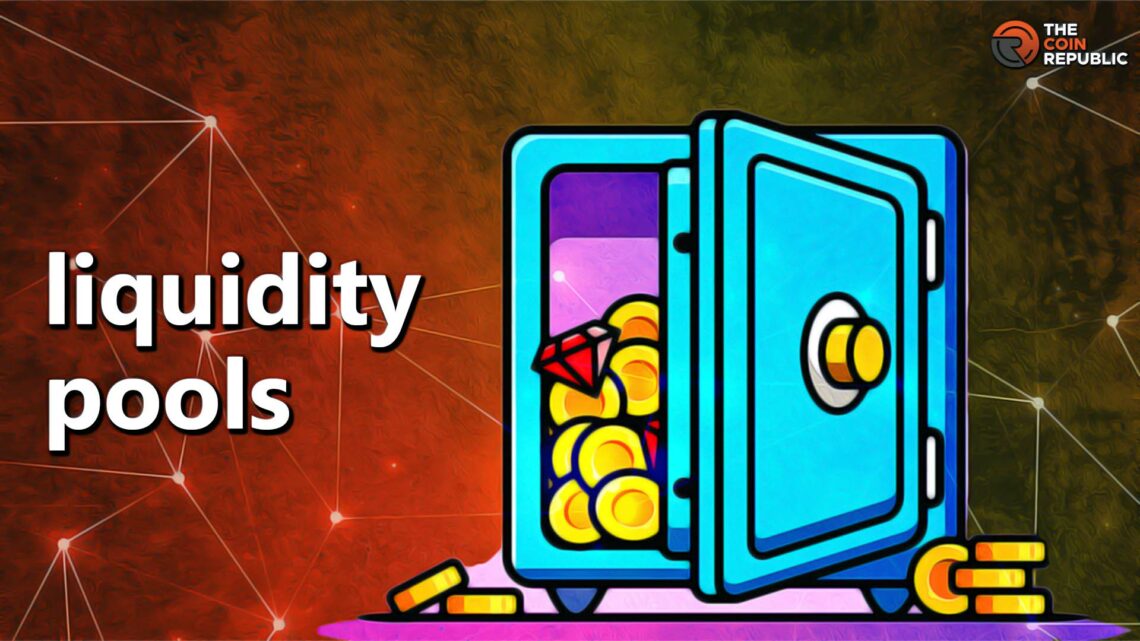- 1 The development of decentralized exchanges arose from the need for permissionless interaction with crypto assets
- 2 Liquidity providers are rewarded with Liquidity tokens which can be traded or used as collateral on crypto lending platforms.
The development of decentralized exchanges arose from the need for permissionless interaction with crypto assets. Centralized exchanges allowed a simple user interface and an easy process for trading crypto. In a centralized exchange, liquidity is provided by order books. This is a list of buy and sell orders for an asset that is made on the exchange. Order books show the price at which traders are willing to exchange crypto and how frequently the asset is traded. This method leaves liquidity at the mercy of how many traders are available to trade.
How do liquidity pools in decentralized exchanges work
Decentralized exchanges use liquidity pools which contain a pool of crypto assets deposited by other crypto users to provide a ready market for traders. The users who contribute to the liquidity of the pool are called Liquidity Providers. The type of decentralized exchange determines how the pool works.
Liquidity pools in Uniswap are created by locking pairs of ERC-20 tokens in a smart contract. These pairs are deposited in equal value. If a user wants to create a pool of ETH/USDT and they want to deposit 1ETH, the USDT should balance the Ether in price. So the initial deposit can be 1ETH/1000USDT.
Curve Finance is an exchange that provides liquidity for stablecoins built on the Ethereum blockchain. Users add liquidity to existing curve pools that are in-built in the network. The curve pool is of three types: Plain pools that consist of stablecoins paired against each other (e.g. DAI/USDT), Lending pools where stablecoins are wrapped and paired against each other, and Metapools which consist of pairs of stablecoins and an LP token.
How to benefit from Liquidity pools
After creating a pool or contributing to an existing pool, most liquidity pools reward providers with a Liquidity Provider token (also called LP token). These tokens represent the provider’s contribution to the pool. If the pool contains $1,000 worth of tokens and the provider added $200 tokens, they will receive 20% of the total LP tokens minted for the pool.
A trading fee is charged for every exchange that happens in the pool, this fee is distributed as a reward to all liquidity providers of the pool according to their LP tokens. The provider with 20% of LP tokens is awarded 20% of the trading fee. Providers can claim these rewards and the original assets deposited to the pool by burning their LP tokens. Most decentralized exchanges require that the tokens that provide liquidity are locked for 7-12 months.
LP tokens can be connected to lending platforms like Aave and used as collateral for crypto loans. In Curve Finance, Users who provide liquidity to the Curve lending pools receive additional interest from the lending platforms to which the tokens are lent.

Nancy J. Allen is a crypto enthusiast, with a major in macroeconomics and minor in business statistics. She believes that cryptocurrencies inspire people to be their own banks, and step aside from traditional monetary exchange systems. She is also intrigued by blockchain technology and its functioning. She frequently researches, and posts content on the top altcoins, their theoretical working principles and technical price predictions.


 Home
Home News
News










